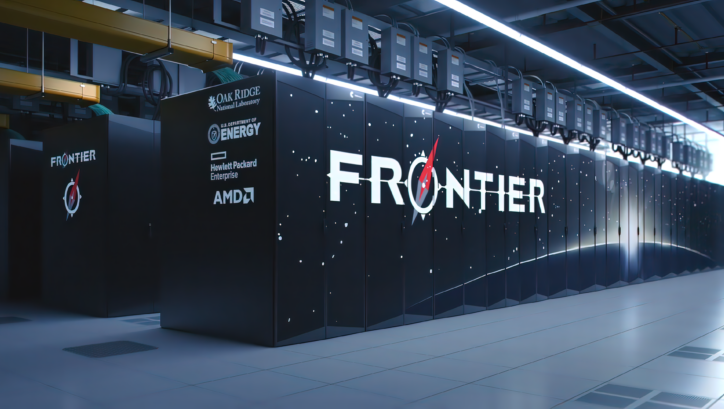News
121 of the World’s Fastest Supercomputers are now powered by AMD

The Top 500 list of the world’s fastest supercomputers was published today, and AMD maintains its trend of outstanding successes with 121 systems now powered by AMD’s silicon – an increase of 29% from the previous year. In addition, AMD’s Frontier supercomputer maintains its position as the top system on the Top 500 list, and the company’s test and development system, which is based on the same architecture, maintains its position as the second most efficient system in terms of power consumption on the Green 500 list. In general, AMD is also the processor of choice for seven of the top 10 systems on the Green 500 list. Due to years of delays, the Intel-powered two-exaflop Aurora supercomputer has not yet provided a benchmark result, leaving the AMD-powered Frontier as the only fully-qualified exascale-class supercomputer on the planet.
The Frontier is powered by AMD. On the other hand, Frontier has now reached its full operational capacity and is being utilized by researchers for a wide variety of scientific workloads. In point of fact, Frontier continues to get better as a result of tweaking. The system debuted on the Top 500 list in June 2022 with a performance of 1.02 exaflops, but it has since increased to 1.194 exaflops, which is an improvement of 17%. This is a significant improvement from the initial count of 8,699,904 CPU cores that it launched with. To put this into perspective, the additional 92 petaflops of performance that was achieved through tuning is equivalent to the amount of computing horsepower offered by the complete Perlmutter system, which occupies the eighth spot on the Top 500.
Supercomputers that are powered by AMD CPUs continue to retain four of the top ten slots, while Intel and IBM each power two of the top ten systems. Holding the top spot on the Top 500 is an important milestone, but many of the other AMD-powered systems are also at the top of the list. In addition, twelve of the world’s twenty fastest computers are powered by AMD. Intel’s central processing units continue to hold the majority share of the list, since the company has a greater overall presence on the Top 500 than AMD. However, AMD is continuing to grow its market share, as seen by the fact that 21 of the 44 new computers that have been added to the list in the past year are powered by AMD hardware.
The HLP-MxP benchmark is a measurement of high-performance computing and artificial intelligence performance in mixed-precision workloads. With a score of 9.95 exaflops, Frontier ranks first in the world in this benchmark, an improvement over its prior score of 7.9 exaflops. The AMD-powered LUMI supercomputer now occupies the number two place with 2.2 exaflops of processing power. With 14.05 HPCG-Pflops, Frontier also came in at a close second position in the HPCG benchmark, which focuses more on system-level performance than the Linpack test. LUMI, which was powered by AMD and finished in second place, had 3.41 HPCG-Pflops, while Fugaku, which had 16 HPCG-Pflops, remained in first place.
It is clear that AMD’s central processing units (CPUs) have a performance edge over Intel’s competing offerings, as seen by the company’s consistent ascent to the higher ranks of the Top 500, Green 500, HPCG, and HLP-MXP benchmarks, as well as its share of the new systems. As we have seen time and time again, the tendencies and innovations in the Top 500 tend to seep down to the larger data center industry. This paints a bright picture for AMD’s EPYC server chips throughout the course of the following year.













